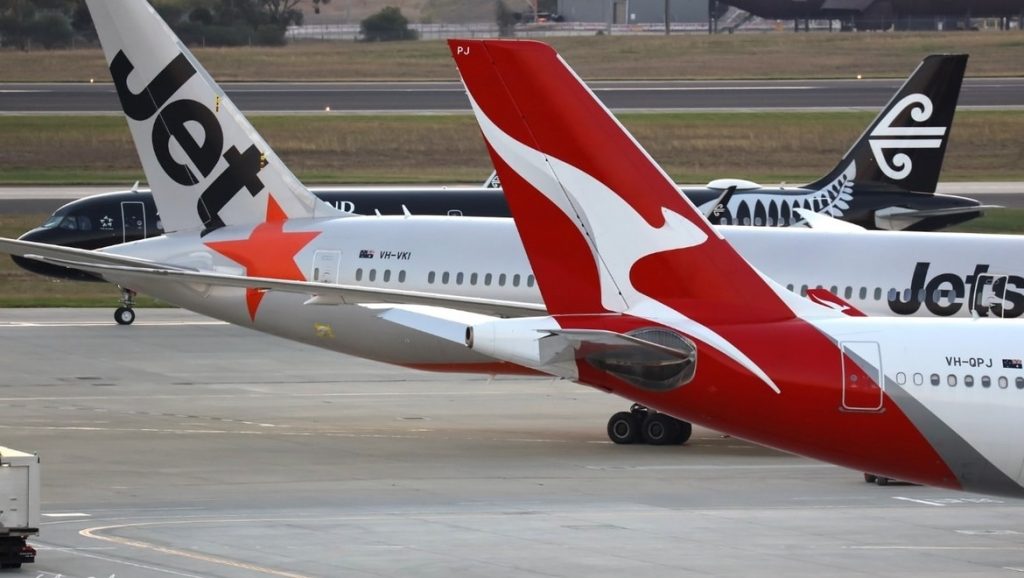
The number of people travelling domestically in March was still down just under 30 per cent compared to pre-COVID levels, as fears over the Omicron wave continued to impact travel demand.
According to new data released by the Bureau of Infrastructure and Transport Research Economics (BITRE), Australia saw 3.91 million domestic travellers in March 2022.
While this marked a 45.35 per cent improvement on February’s data, which was heavily impacted by the Omicron outbreak, traveller data from March remains 29.0 per cent lower than that of March 2019.
Meanwhile, international traffic in March remained 78.8 per cent lower than March 2019.
However, March’s international passenger data was 60.0 per cent higher than that of February, marking the first full month of data collection after Australia opened its borders to international tourists.
Elsewhere, the BITRE data showed that Melbourne narrowly beat out Sydney as the country’s busiest airport for domestic activity in March, with 1.52 million passengers passing through, compared to Sydney’s 1.51 million. Before the pandemic, Sydney was consistently the country’s busiest airport.
Brisbane followed in third with 1.03 million passenger movements, while Cairns was dubbed the country’s busiest regional airport in March, with 185,000 passengers.
Sydney-Melbourne remained the country’s most popular city pair for flights, followed by Brisbane-Sydney.
It comes after Australian Aviation last week reported that domestic flight delays in April were the worst since records began – with almost 40 per cent of arrivals and departures not on time.
The results were poor among all major airlines, though across the entire month, Qantas – Australia’s only premium airline – slipped behind its cheaper rivals with on-time arrivals slumping to just 59 per cent, compared to Rex’s 74 per cent and Virgin’s 66 per cent.
According to BITRE, the overall cancellation rate crept up to 4 per cent for the month, which saw both the Easter and Anzac Day long weekends.
“These are the worst on-time performance figures recorded since recording commenced in November 2003. This month’s figures were impacted by weather-related events, congestion (highest number of sectors flown since the commencement of COVID-19) and other COVID-19 related issues,” the BITRE release reads.
Earlier this month, BITRE data revealed that the average cost of business class tickets has continued to trend downwards after Virgin Australia dropped its cheapest business fares to just $299.
According to BITRE’s monthly airfare index, business class fares in May hit 46.6, down 28 per cent from May 2021, and down 14 per cent since January. The index has been consistently trending downwards since February.
The price index measures the lowest available fare in each fare class, weighted over selected routes, and has been compiled using flight booking data since 1992. Data from June 2003 represents the base index value of 100.0.
It comes after Virgin announced in April that it would lower its entry-point for business class fares to $299 one-way on selected routes, such as Melbourne-Sydney, Sydney-Brisbane and Melbourne-Gold Coast, while reducing business class fares across its wider network.















